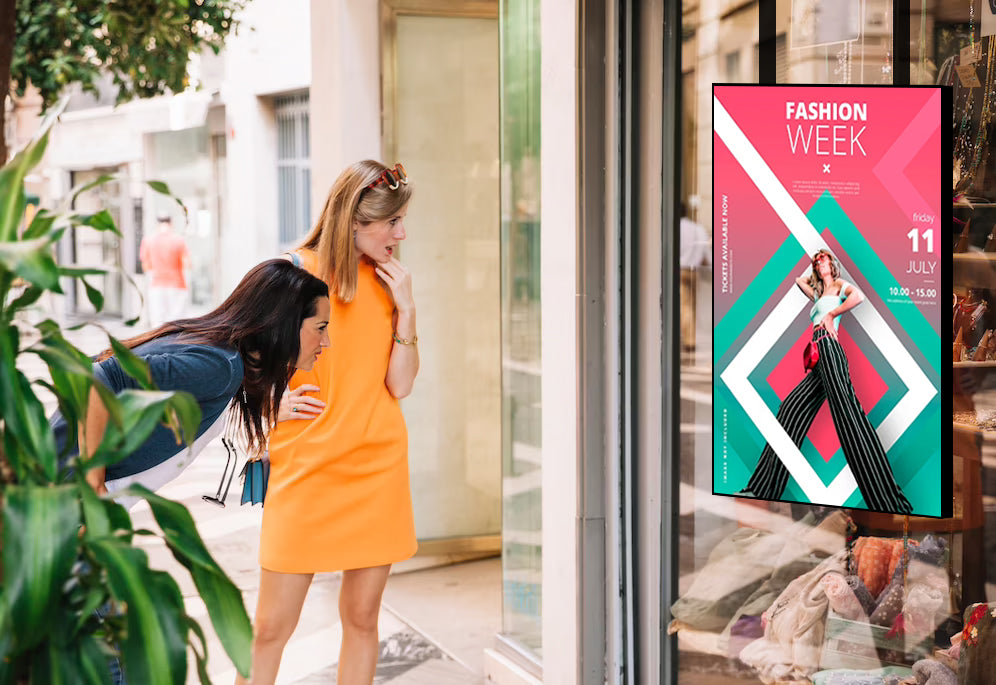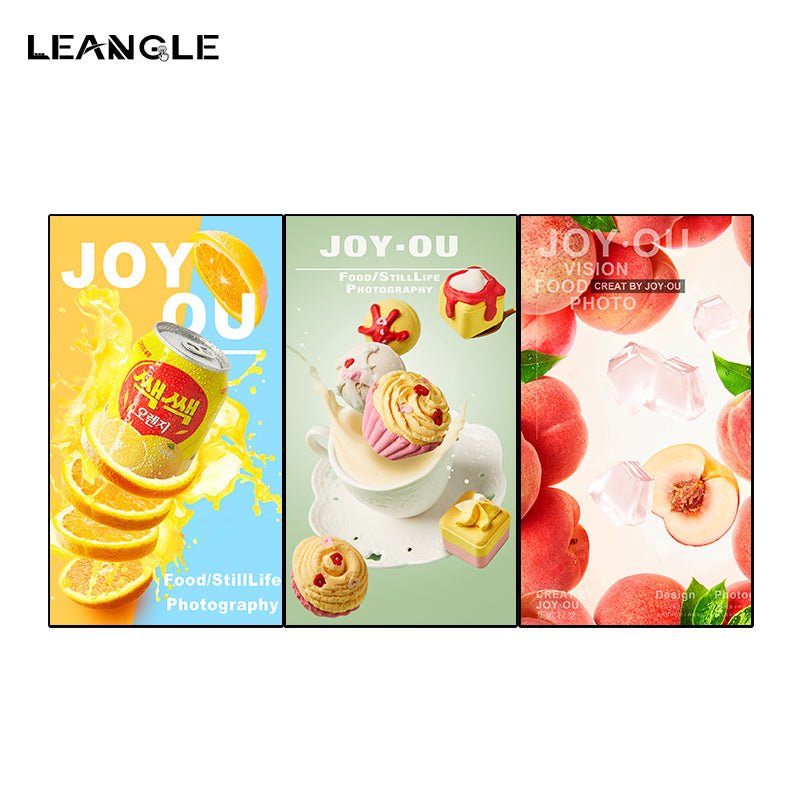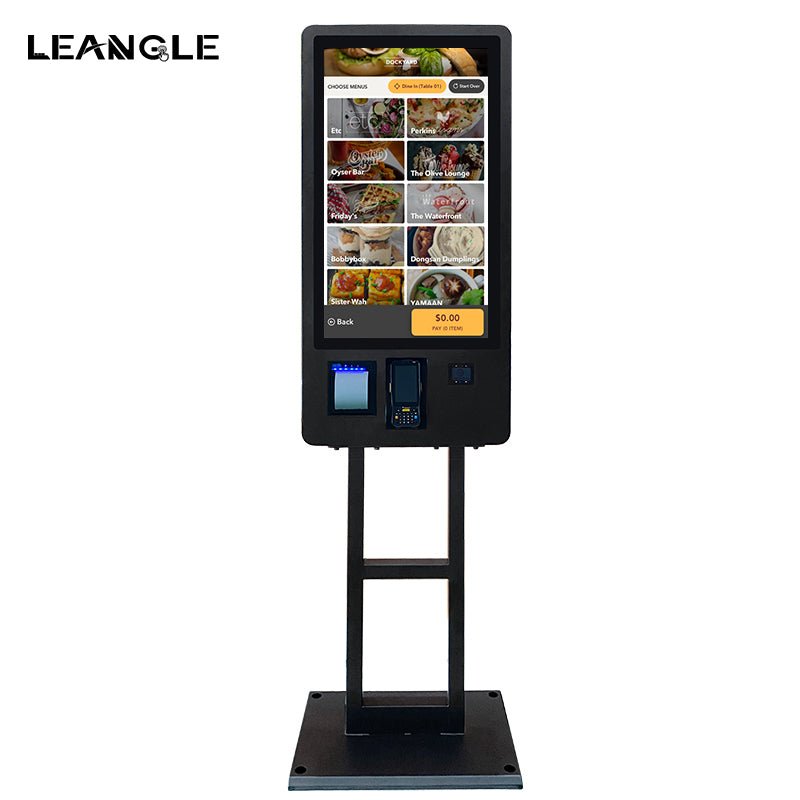Solving the "Washed Out" Effect: A Technical Guide
When your high-end hanging display looks faded in a bar or hotel setting, it's not just frustrating—it's costing you customer engagement. This guide provides step-by-step optimizations to make your content pop, leveraging your display's full technical capabilities while accounting for challenging hospitality lighting conditions.
1. Core Display Settings for Maximum Impact
Brightness: Dual-Side Optimization
| Side | Recommended Setting | Technical Rationale |
|---|---|---|
| Exterior (Facing Street/Window) | 2000–2500 cd/m² | Counters sunlight (10,000+ lux ambient) |
| Interior (Facing Bar) | 800–1000 cd/m² | Balances with typical bar lighting (50-200 lux) |
Access Path:Menu → Display → Brightness → Side-Specific Control
Contrast & Color Enhancement
-
Contrast Ratio: Set to 80-90% (of 1200:1 native)
-
Why: Prevents grays from overpowering darks in low-light interiors
-
-
Saturation Boost: +15-20% (especially for reds/blues)
-
Pro Tip: Target these RGB values for bar environments:
-
Cocktail reds: R255 G0 B45
-
Whiskey golds: R210 G150 B30
-
-
Manual "Dynamic Mode" Setup
If no preset exists, create your own:
-
Set Color Temp:
6500K(Menu → Color → Temperature) -
Enable Local Dimming:
High(if available) -
Gamma:
2.2for standard content,2.4for moody bar aesthetics
2. Environmental Adjustments for Hospitality Venues
Lighting Coordination Matrix
| Problem | Solution | Tools Needed |
|---|---|---|
| Sunlight washout | Install 45° louvered shade | Aluminum baffles ($50-150) |
| Interior glare | Reposition spotlights >30° off-screen | Laser level |
| Color contamination | Use 2700K warm lighting near display | LED color temp controller |
Content Strategy for Bars
-
Motion Elements: 2-3 second loops of:
-
Condensation droplets on glass
-
Steam rising from hot drinks
-
"Neon" pulsating borders
-
-
Text Legibility:
-
Minimum 48pt font for main messages
-
Stroke width ≥5% of font height
-
3. Advanced Technical Tweaks
Firmware & Calibration
-
Factory Reset: Clears problematic app profiles
Menu → System → Restore Defaults → Confirm -
Gamma Adjustment:
-
Daytime: 2.0 (brighter shadows)
-
Night: 2.4 (richer darks)
-
Signal Processing Upgrades
For critical installations:
-
HDMI Video Processor (e.g., Kramer VP-733)
-
10-bit color depth support
-
3D LUT calibration
-
-
Cost: $800-$1,200 (ROI in <6 months for high-traffic venues)
4. Maintenance & Monitoring
Daily Checklist
-
9 AM: Verify exterior brightness (sun position changes)
-
5 PM: Switch to "Evening Mode" (pre-programmed)
-
Close: Dust screen with microfiber (alcohol-free cleaner)
Performance Metrics
-
Ideal Black Level: <0.15 cd/m² (measure with Lux meter)
-
Color Variance: ΔE<3 across viewing angles
Troubleshooting Quick Reference
| Symptom | Likely Cause | Fix |
|---|---|---|
| Reds appear pink | Low saturation + warm ambient light | Boost red channel +5% |
| Text blurry | Suboptimal resolution scaling | Use native 4K content |
| Uneven brightness | Auto-dimming enabled | Disable the ambient light sensor |
Why These Settings Work: The Science Behind the Screen
Your display uses dual-layer LCD technology with separate backlights for each side. The exterior side's high-efficiency LED array (5000K) battles sunlight, while the interior's RGB-enhanced LEDs (4500K) prioritize color accuracy. Our recommendations balance these competing needs:
-
Photopic vs. Mesopic Vision:
-
Daytime (exterior): Targets cone-dominant vision (luminance >100 cd/m²)
-
Night (interior): Engages rod vision (contrast sensitivity peaks at 3-30 cd/m²)
-
-
Color Gamut Mapping:
-
85% DCI-P3 coverage optimized for alcohol/beverage hues
-
Special tuning for amber (whiskey/bourbon) and clear (vodka/gin) liquids
-
Need Personalized Help?
Leangle's Hospitality Display Specialists offer:
🔹 On-site calibration (2-hour service)
🔹 Custom content templates for bars/hotels
🔹 Lighting integration consulting



